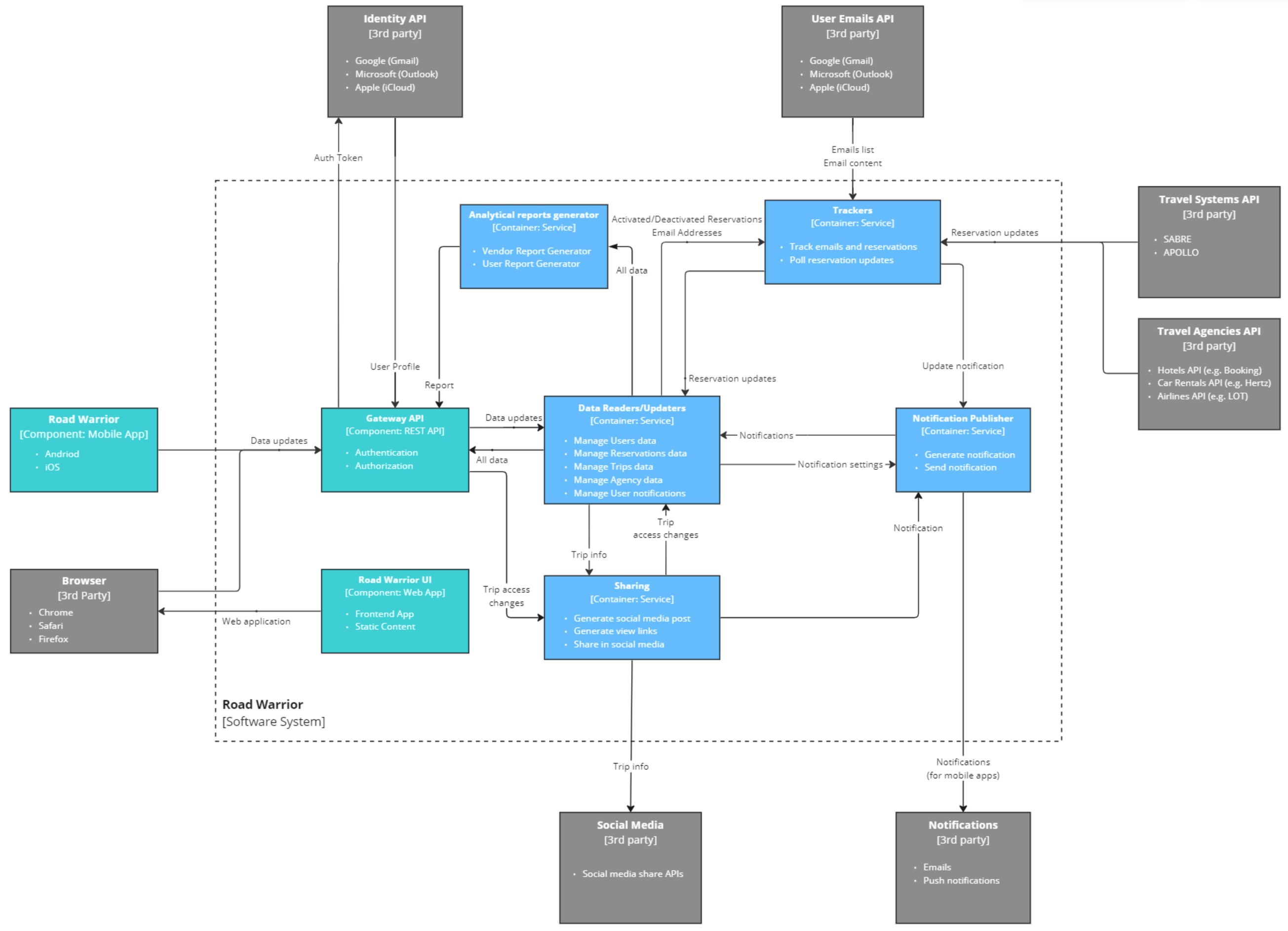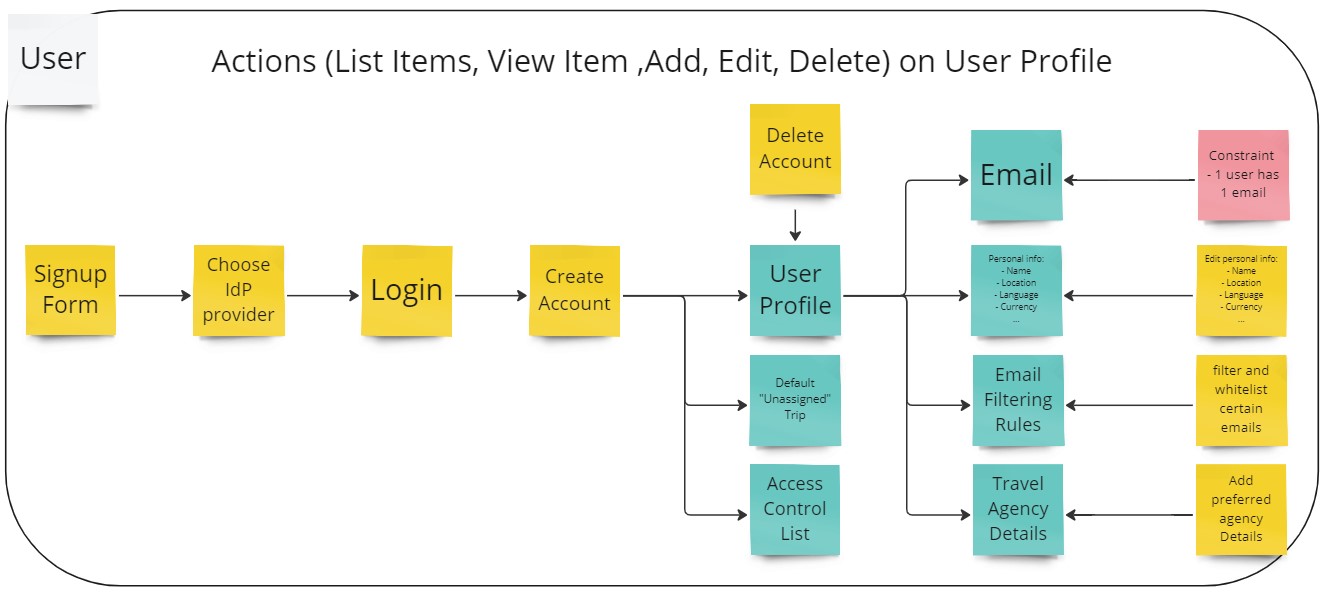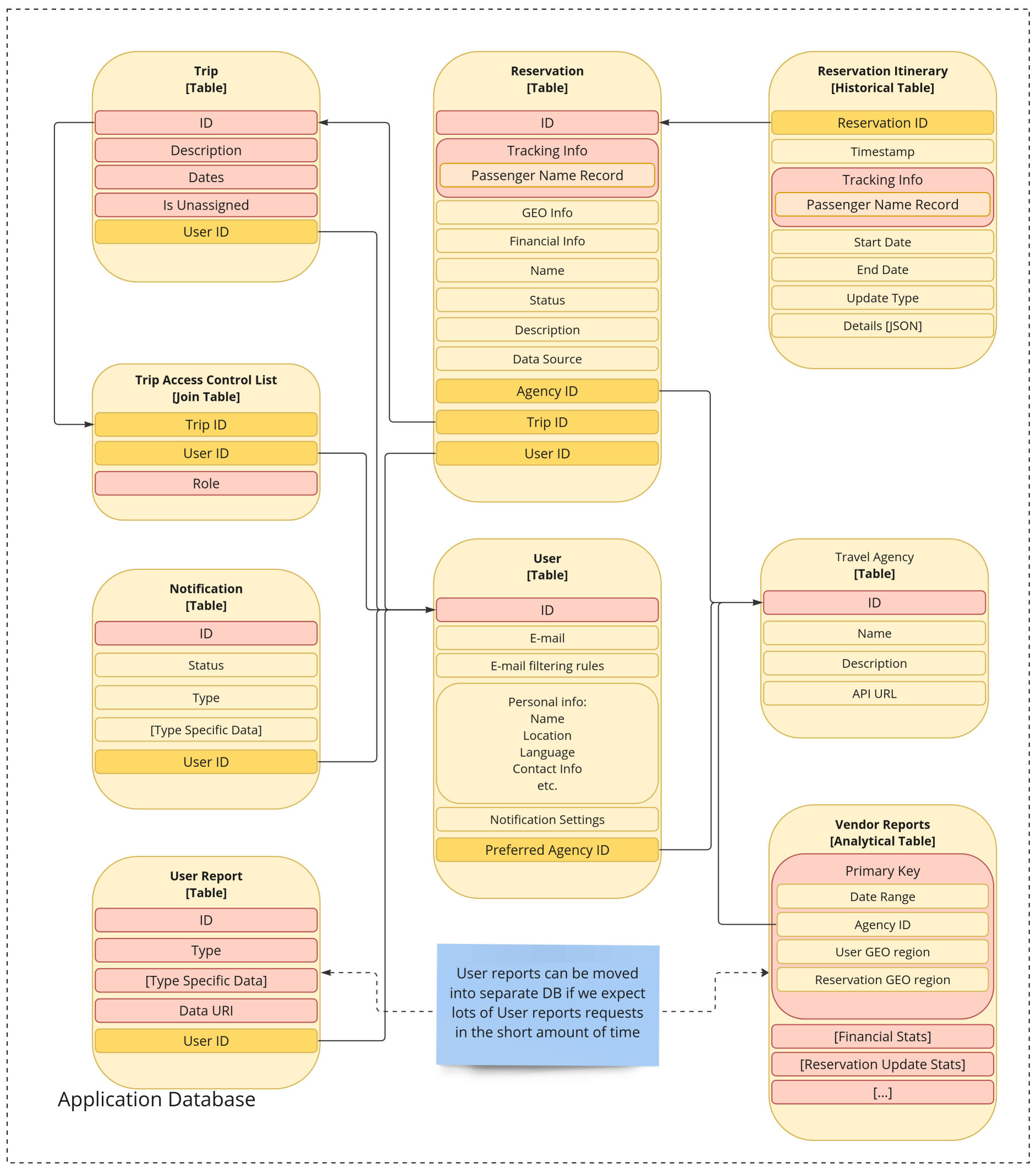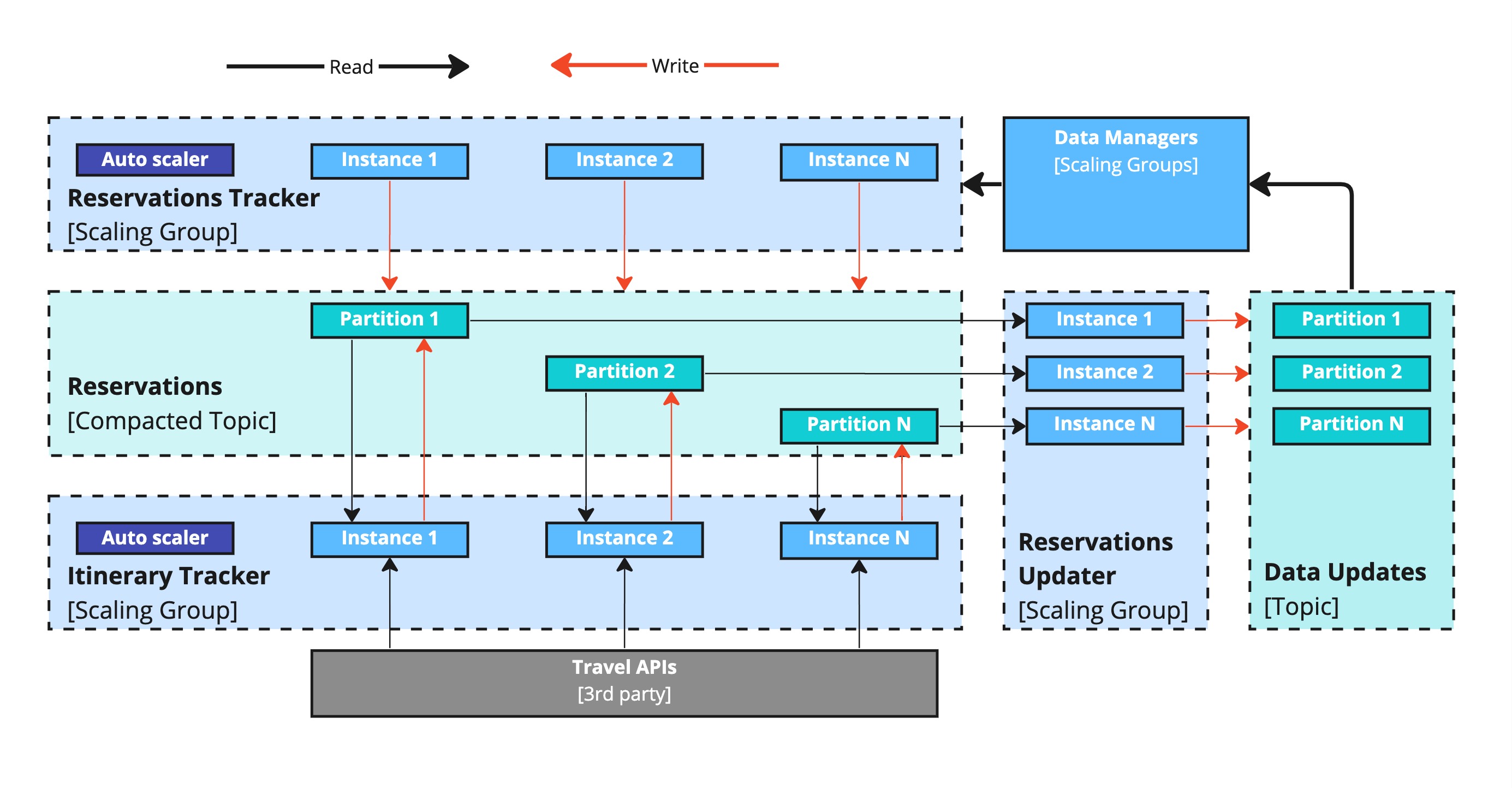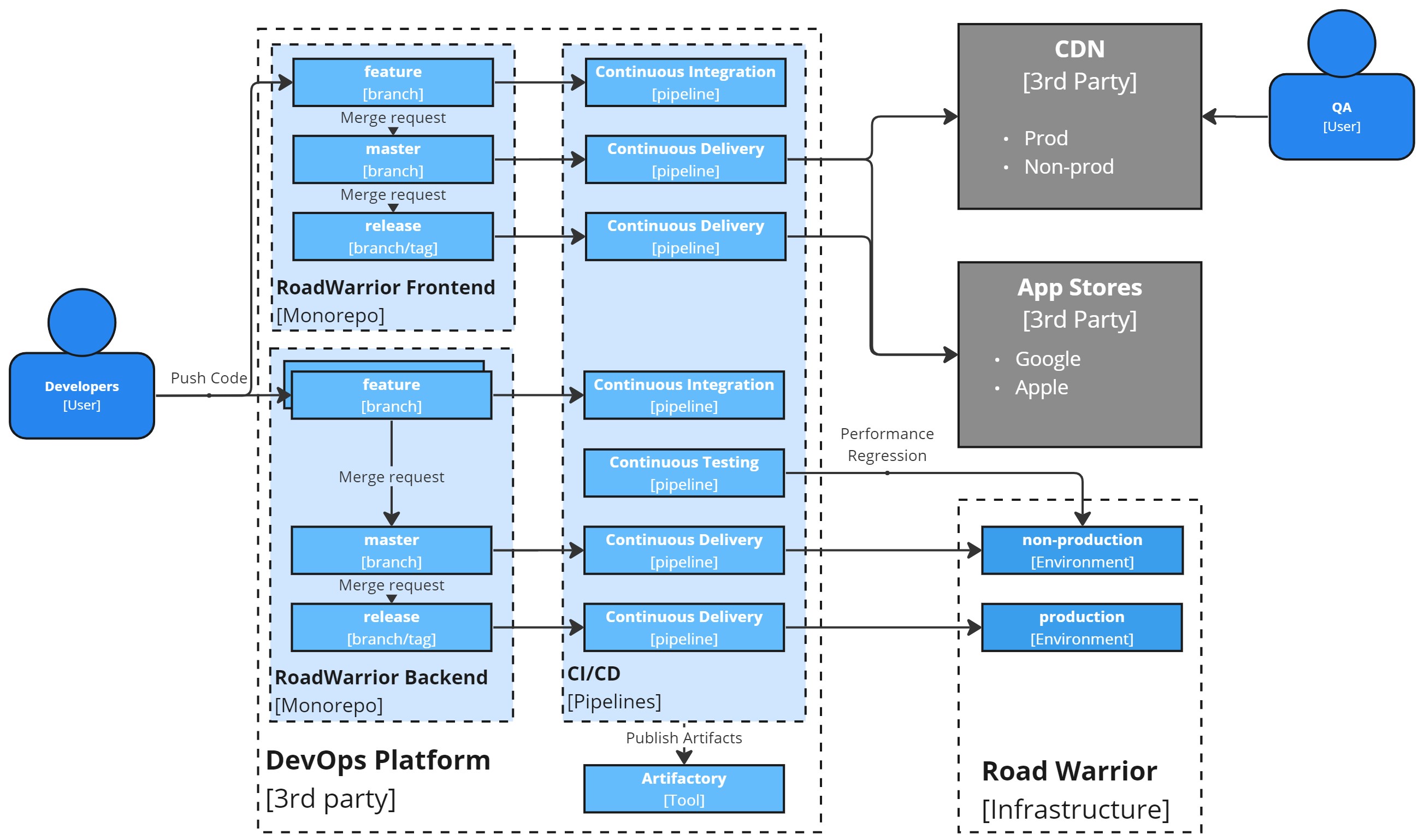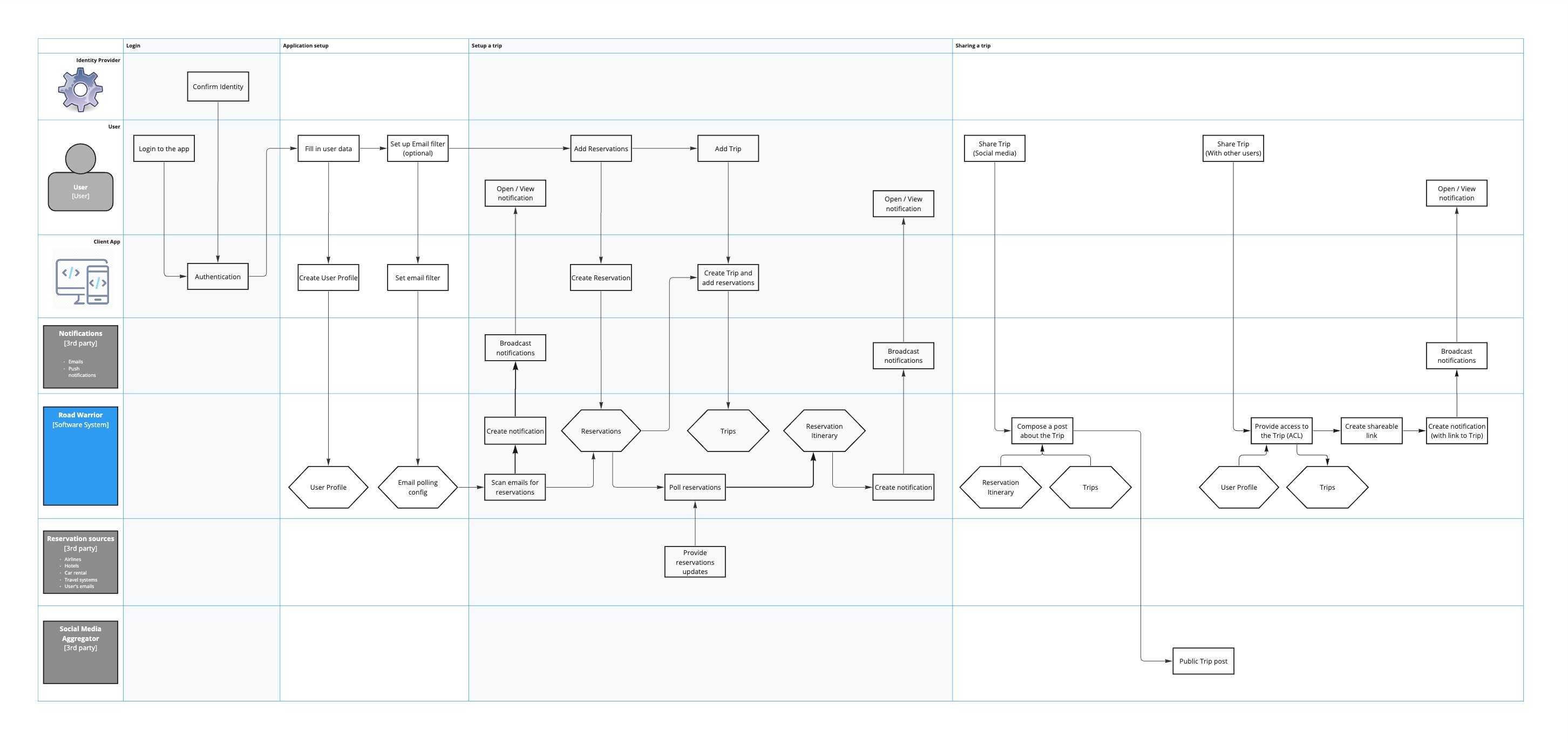Viewpoints and Perspectives
This article provides an overview of Viewpoints and Perspectives Architectural Framework.
Viewpoints and Perspectives is another architectural framework. It is lightweight, versatile, adaptable, and unbound by specific tool dependencies. Various diagramming tools can support work in this framework style, promoting efficient collaboration and customization.
The Need for Multiple Views
When designing complex software systems, it’s crucial to avoid the trap of representing the entire architecture in a single, monolithic model. Such an approach often leads to confusion, inconsistencies, and difficulty in understanding and communicating the design to stakeholders. Instead, a more effective strategy is to adopt a multi-view approach, where the architecture is divided into multiple, interconnected views, each focusing on a specific aspect of the system. This allows for a better understanding, management of complexity, and effective communication with various stakeholders.
General Overview
The framework of viewpoints and perspectives provides a structured and comprehensive approach to capturing and representing software architecture. Viewpoints serve as guides for creating specific types of views, while perspectives are applied to these views to ensure that the architecture meets desired quality requirements. This collaborative approach promotes better communication, understanding, and decision-making throughout the development process.
Definitions
The framework gives a few definitions crucial to its understanding and application:
- Architectural View: A view represents one or more structural aspects of an architecture, illustrating how the architecture addresses specific concerns of stakeholders. For example, a functional view might depict the system’s main components and interactions, while a deployment view might illustrate the physical infrastructure where the system is deployed.
- Architectural Viewpoint: A viewpoint is a collection of patterns, templates, and conventions for constructing a specific view type. It defines the stakeholders whose concerns are reflected in the view and provides guidelines for creating and describing that aspect of the architecture.
- Architectural Perspective: A perspective is a collection of architectural activities, tactics, and guidelines used to ensure that the system exhibits a particular set of related quality properties.
Note: while both viewpoints and perspectives guide architectural design, their focus differs. Viewpoints primarily define the structure and content of views, while perspectives focus on ensuring the architecture meets specific quality requirements.
Viewpoints
The framework offers the following list of viewpoints:
The Context Viewpoint
The Context viewpoint defines the scope and boundaries of the system, illustrating its interactions with external actors such as users, systems, and environments. It provides a high-level overview to clarify what the system is responsible for and what lies beyond its control. This viewpoint helps align the system’s purpose with business objectives and ensures stakeholders share a common understanding of its role within a broader ecosystem. It serves as a foundation for other viewpoints, offering essential insights into external dependencies and how they influence system design and operation.
- Purpose: To show the system’s scope and boundaries by describing its interactions with external entities.
- Key Stakeholders: Business owners, end users, external system owners (to ensure clear interfaces and boundaries).
- Concerns:
- Key external entities interacting with the system (e.g., users, other systems).
- High-level descriptions of interfaces and data exchanged.
- Overall environment and dependencies.
- What is irrelevant:
- Internal system details (e.g., components, detailed data flows).
- Overly detailed protocol specifications.
The Functional Viewpoint
The Functional viewpoint focuses on the system’s functions and capabilities, describing how they interact to achieve the system’s goals. It captures the functional structure and provides details about key processes and their coordination. By mapping out the logical flow of operations, this viewpoint clarifies how user needs are met through well-defined workflows. It helps identify critical functions, dependencies, and opportunities for optimization, serving as a key reference for system requirements and design decisions. This viewpoint ensures the system aligns with user expectations and business requirements.
- Purpose: To describe the system’s functional structure and how its functions work together to fulfill requirements.
- Key Stakeholders: Product owners, system designers, and test engineers.
- Concerns:
- Functional decomposition into modules or components.
- Interactions between functional components.
- Functional requirements and responsibilities.
- What is irrelevant:
- Deployment details (e.g., servers hosting components).
- User interface specifics (unless a critical part of the function).
The Information Viewpoint
The Information viewpoint addresses the organization, storage, and flow of data within the system. It focuses on how data is structured, its relationships, and how it is exchanged between components, providing insight into the logical data architecture. This viewpoint supports the development of robust data models and ensures consistency in data handling across the system. It highlights the lifecycle of critical data entities, enabling designers to optimize data integrity and performance. Additionally, it provides a basis for identifying risks related to potential bottlenecks in data processing pipelines.
- Purpose: To define the system’s information’s structure, semantics, and usage.
- Key Stakeholders: Data architects, developers, and business analysts.
- Concerns:
- Data models (conceptual, logical, or physical).
- Relationships between data entities.
- Data lifecycle and flow between components.
- What is irrelevant:
- Behavioral or functional information.
- Storage technology specifics (unless critical to the architecture).
The Concurrency Viewpoint
The Concurrency viewpoint describes the runtime interactions between system components, focusing on services, jobs, and their communication. It helps identify synchronization needs and avoids issues like deadlocks and resource contention. This viewpoint ensures that the system can handle concurrent operations efficiently by representing how components collaborate under different workloads. It highlights the system’s dynamic behavior, aiding in the design of mechanisms like task orchestration and thread management. Additionally, it provides insights into potential points of failure related to race conditions or excessive resource utilization.
- Purpose: To describe how the system handles multiple tasks and processes simultaneously.
- Key Stakeholders: System architects, developers, and performance engineers.
- Concerns:
- Processes, threads, or tasks and their interactions.
- Synchronization mechanisms (e.g., locks, queues).
- High-level process flows and resource sharing.
- What is irrelevant:
- Low-level implementation code.
- Non-concurrent components or workflows.
The Development Viewpoint
The Development viewpoint focuses on the software architecture as seen by the developers, covering the structure of modules, libraries, and other artifacts with their build pipelines. It aids in understanding implementation dependencies and managing the development process effectively. This viewpoint provides a blueprint for module organization, design, testing, and implementation processes. It also highlights the relationships between components, enabling teams to identify potential impacts of changes and improve overall maintainability. By addressing technical debt and development workflows, this viewpoint ensures a smoother implementation phase.
- Purpose: To describe the software’s modular structure and organization for efficient development.
- Key Stakeholders: Developers, build engineers.
- Concerns:
- Modules, packages, or components and their dependencies.
- Layered architecture or build-time structure.
- Source control and integration guidelines.
- What is irrelevant:
- Runtime behavior or deployment information.
- Detailed user interactions or workflows.
The Deployment Viewpoint
The Deployment viewpoint describes the physical environment where the system operates, detailing hardware, networks, and operational configurations. It ensures that the system can be efficiently hosted and maintained. This viewpoint helps identify resource requirements, such as processing power and storage while addressing constraints related to scalability and availability. It illustrates the mapping of software components onto physical infrastructure, facilitating decisions about hosting, failover mechanisms, and disaster recovery strategies. By considering real-world deployment conditions, it ensures the system’s operational readiness and resilience.
- Purpose: To show how the system is deployed across hardware and other platforms.
- Key Stakeholders: Infrastructure engineers, operations teams, and performance engineers.
- Concerns:
- Hardware or cloud resources and their configurations.
- Deployment of software components to nodes or devices.
- Communication pathways and their performance constraints.
- What is irrelevant:
- Detailed internal behaviors of software components.
- Design-time or source-level module structures.
The Operational Viewpoint
The Operational viewpoint focuses on the system’s day-to-day management and maintenance, covering monitoring, troubleshooting, and updates. It ensures that the system operates smoothly post-deployment. This viewpoint emphasizes the tools, processes, and metrics needed to support reliable operations. By addressing potential operational challenges, it clarifies the processes of maintenance, operation, configuration, and migration. It also highlights the responsibilities of different roles, ensuring that operational teams are equipped to handle incidents effectively and adapt to changing environments.
- Purpose: To describe the system’s operational and maintenance processes.
- Key Stakeholders: Support teams, operations engineers, and system administrators.
- Concerns:
- Monitoring, logging, and alerting mechanisms.
- Backup, recovery, and failover strategies.
- Maintenance workflows and tools used.
- What is irrelevant:
- Functional or runtime details unrelated to operations.
- Implementation-level details of monitoring or recovery mechanisms.
Perspectives
This is a list of the most frequently used perspectives. Other perspectives can be found in the original book.
Security Perspective
The Security perspective ensures that a software system is protected against unauthorized access, malicious attacks, and data breaches. Its purpose is to safeguard sensitive information and maintain the system’s integrity, confidentiality, and availability. This perspective involves identifying potential risks, implementing defenses such as encryption and access controls, and preparing incident response plans.
- Purpose: Ensure the system is protected against unauthorized access, breaches, and other security threats.
- Key Stakeholders: Security architects, developers, system administrators, and compliance officers.
- Concerns: Threat models, access controls, encryption protocols, security policies, and mitigation strategies.
- What is irrelevant: Non-security-related functional requirements or aesthetic UI details.
Example: O’Reilly Katas 2023 Fall solution by Profitero Data Alchemists
Performance and Scalability Perspective
The Performance and Scalability perspective focuses on ensuring that a system meets its performance goals under normal and peak conditions and can handle growth in users, data, or processing demands. Key aspects include measuring response times, optimizing resource utilization, and designing for scalability.
- Purpose: Ensure the system meets performance targets and scales effectively under increased load.
- Key Stakeholders: Performance engineers, developers, infrastructure architects, and product managers.
- Concerns: Response times, throughput, resource utilization, load distribution, and scaling mechanisms.
- What is irrelevant: Detailed functional workflows unrelated to performance or scalability.
Availability and Persistence Perspective
The Availability and Persistence perspective ensures that a system is reliably accessible and consistently maintains its critical data over time. By addressing factors such as redundancy, failover mechanisms, and data backups, this perspective minimizes downtime and protects against catastrophic failures.
- Purpose: Ensure the system is consistently accessible and reliably stores critical data.
- Key Stakeholders: System administrators, database architects, infrastructure engineers, and business continuity planners.
- Concerns: Redundancy strategies, failover mechanisms, backup plans, and data replication.
- What is irrelevant: Transient debugging or testing configurations that do not contribute to reliability.
Evolution Perspective
The Evolution perspective ensures that a system can adapt to changing requirements, technologies, and business environments. This perspective involves planning for modularity, managing dependencies, and accommodating iterative updates to the architecture.
- Purpose: Ensure the system can adapt to changing requirements, technologies, and business needs.
- Key Stakeholders: Solution architects, developers, product managers, and enterprise architects.
- Concerns: Dependency diagrams, modular designs, upgrade plans, and mechanisms for change management.
- What is irrelevant: Overly specific implementation details tied to current technologies that hinder adaptability.
Regulation Perspective
The Regulation perspective ensures that a system complies with legal, regulations, and organizational standards, including privacy, data protection, and security requirements. This perspective involves identifying relevant regulations, designing features to meet them, and providing audit trails for accountability.
- Purpose: Ensure the system complies with relevant legal, industry, and organizational standards.
- Key Stakeholders: Compliance officers, legal teams, auditors, and product managers.
- Concerns: Regulatory requirements, audit trails, adherence to data privacy standards, and certification needs.
- What is irrelevant: Internal operational processes or technical details not tied to compliance requirements.
Conclusion
The framework provides a comprehensive overview of the architecture from different aspects using various predefined viewpoints and perspectives. By utilizing them, architects can promote better communication, understanding, and decision-making throughout the development process.
Recommended Reading
Articles
- Nick Rozanski and Eoin Woods. “Viewpoints”.
Catalog of seven core architectural viewpoints (Context, Functional, Information, Concurrency, Development, Deployment, and Operational), defining templates, stakeholders, concerns, and guidance for modeling system architecture. - Nick Rozanski and Eoin Woods. “Perspectives”.
Discussion of architectural perspectives - a set of quality-driven, cross-view guidelines (e.g., Security, Usability, Performance & Scalability, Availability & Resilience, Evolution, Development Resource, Location, Regulation, Accessibility): used to enhance and validate each architectural viewpoint within system design.
Books
- Rozanski, N., & Woods, E. (2011). Software systems architecture: Working with stakeholders using viewpoints and perspectives . Addison-Wesley.
- Part 3 - Viewpoint Framework
Part 3 of the book outlines the Viewpoint Framework, which organizes architectural descriptions through viewpoints, enabling a structured approach to address stakeholder concerns. It emphasizes the separation of concerns by dividing the architecture into multiple interrelated views, such as Context, Functional, Information, Concurrency, Development, Deployment, and Operational viewpoints, each catering to specific aspects of the system. This framework provides a systematic way to capture reusable architectural knowledge, facilitating communication among stakeholders and managing complexity effectively. The chapter also addresses challenges like inconsistency and fragmentation, proposing careful selection and integration of views to ensure coherence. Lastly, it underscores the importance of iterative refinement and customization of views based on the architecture’s unique context and stakeholder needs - Part 4 - Perspective Framework
Part 4 presents the Perspective Framework, which focuses on ensuring that systems exhibit key quality properties, such as security, performance, and scalability, by addressing cross-cutting concerns. Perspectives guide the architecture design process through activities, tactics, and guidelines that improve system quality across views. This framework complements viewpoints, targeting quality aspects rather than structural concerns. The chapter also includes a catalog of common perspectives, their applicability, and practical steps to integrate them into architectural views, highlighting iterative analysis and refinement. It emphasizes balancing competing quality priorities and tailoring perspectives to the system’s unique needs.
- Part 3 - Viewpoint Framework
